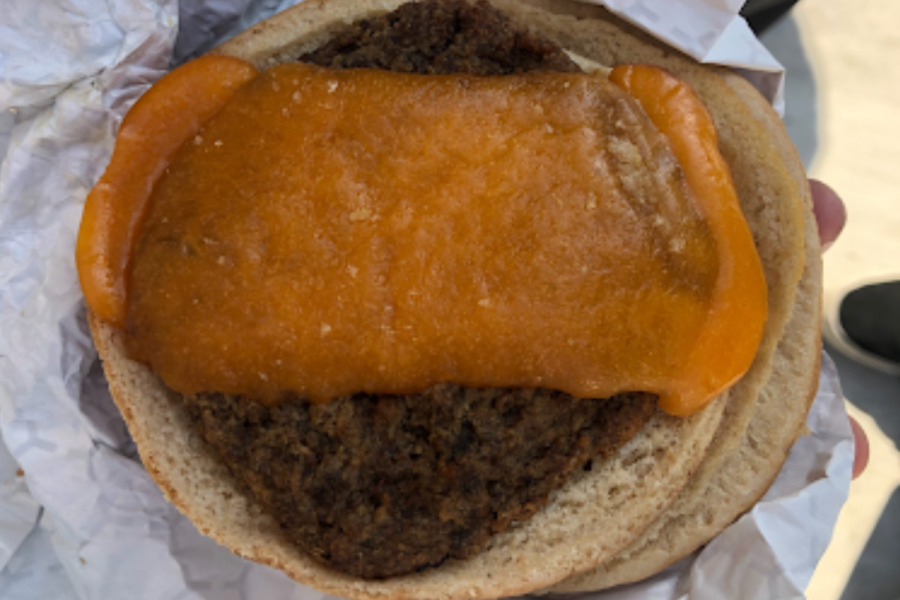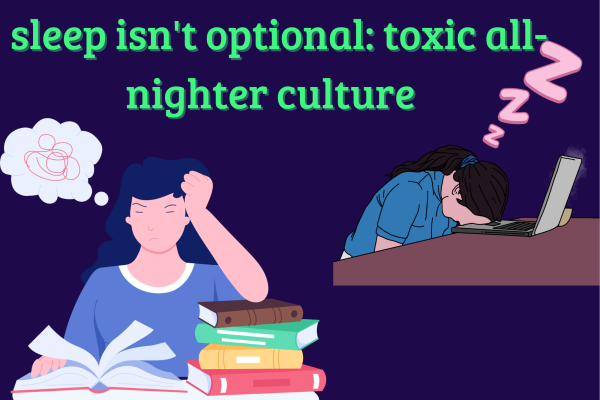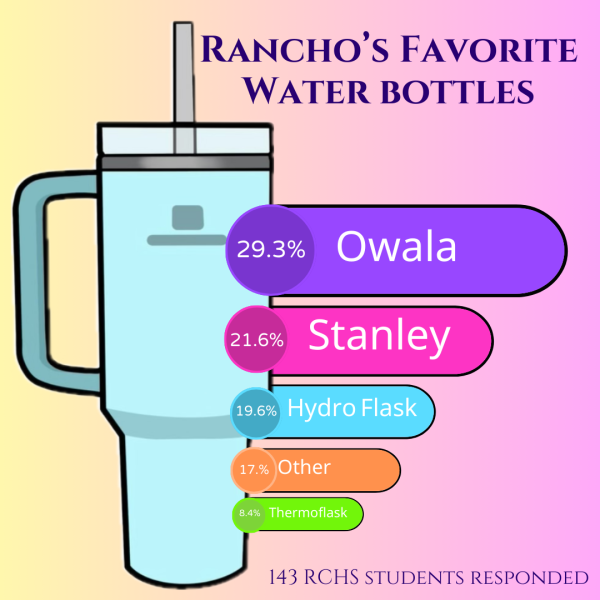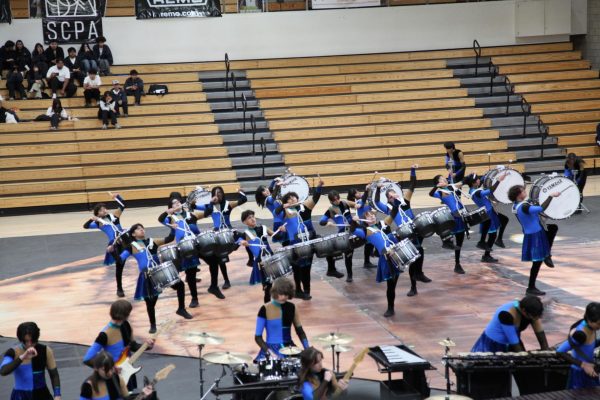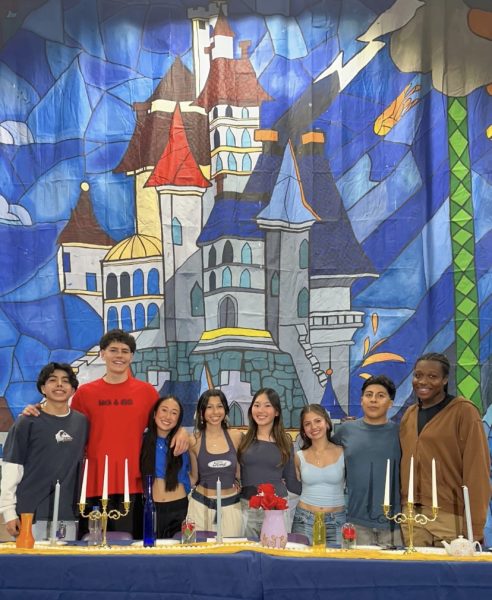What’s for lunch? Students discuss cafeteria food at RCHS
Everybody has their own opinions on school lunch, but it seems as if nobody really questions where or how it’s made.
According to the Chaffey Joint Union High School District (CJUHSD) website, “Food and beverages served at school meet the nutrition recommendations of the U.S. Dietary Guidelines.”
However, students think otherwise.
Freshman Riley Rossi said what she thinks of school lunch.
“I personally think that I would rather buy decent tasting food than have gross free food,” said Rossi.
According to the Dietary Guidelines for Americans in 2020-2025, adolescent females need about 1,800 to 2,400 calories per day and adolescent males need about 2,000 to 3,200 calories per day.
The Dietary Guidelines for Americans explains that “adolescents 14-18 must have 2 1/2- 4 cups of vegetables, 1 1/2 cups of fruit, 6-10 ounces of grain ,3 cups of dairy, 5-7 ounces of protein, and 21-51 grams of oil.”
One member of the RCHS nutrition staff who wanted to remain anonymous said, “The food is very fresh, it is made fresh every day from Gold Star Vendors.”
Gold Star Foods is a corporate company that supplies the school food for RCHS and other schools in the district. The Gold Star Foods website says the company follows the U.S. Dietary Guidelines, but it does not describe the extent of these guidelines.
The Dietary Guidelines have evolved over the years. On December 13, 2010, former President Barack Obama signed the Healthy, Hunger-Free Kids Act (HHFKA) which aimed to reinforce healthier lunches in public schools. Due to the HHFKA, childhood obesity has decreased 18.5% between the ages 2 to 19, according to the HHFKA website. Even though there are policies like the HHFKA, students still have doubts about its nutritional value.
Freshman Kennedy Ewing Chow said she doesn’t enjoy eating school lunch because of the lack of nutrition.
“I wouldn’t eat school lunch everyday, but when I do, I pick out what I want,” Chow said. “The food isn’t really nutritious and has poor quality.”
In order to keep happy and healthy students, the nutrition of school lunch is important and a topic that should be taken seriously.

Bailee Small is a junior at RCHS, and this is her third year in journalism. She is the editor-in-chief for The Cat’s Eye. Her favorite thing about journalism...

Teagan Backer is a junior at RCHS, this is her third year in journalism. Backer is currently a staff reporter for The Cat’s Eye. Her favorite thing about...

Kyra García is a freshman at RCHS and this is her first year in journalism. Her favorite thing about journalism is interviewing people, reporting stories,...

